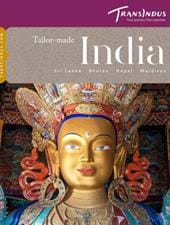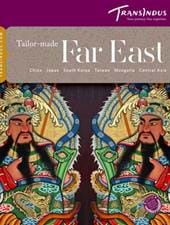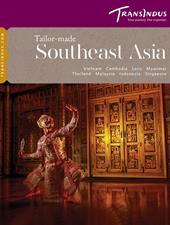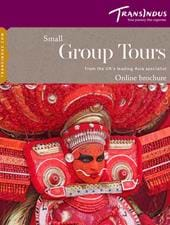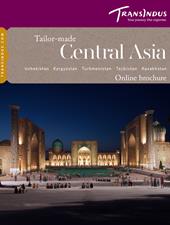Tailor-made Tour 20 days from £3885 per person
Places Visited: Siem Reap, Kampong Cham, Sen Monorom, Kratie, Phnom Penh, Koh Kong, Kep
Explore some of the lesser frequented corners of the country on our wide-ranging, 3-week itinerary, which can be combined with an extension into neighbouring Vietnam. Apart from Angkor Wat and Battambang, highlights include the elephant sanctuary in the frontier town of Sen Monorom, dolphin spotting on the Mekong at Kratie, a day of varied sightseeing in the Phnom Penh, and a blissful week amid the jungles and sparkling blue waters of the south coast.
Holiday Types
Cultural Holidays Family Holidays River Cruising Holidays
Suggested itinerary
UK
Fly overnight from the UK to Siem Reap.
Accommodation Options
Siem Reap
On arrival, you’ll be met by your driver and guide and escorted to your hotel, where you’ll be staying for four nights. Spend the remainder of the day recovering from your journey, perhaps venturing out later to the town’s night market.
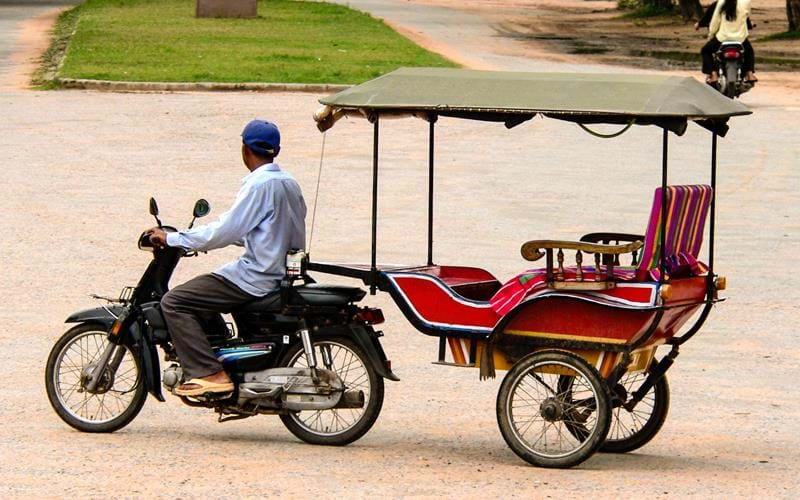
Over a million visitors each year use Siem Reap as a base for visiting the Angkor temples. The upside its popularity is a wide choice of quality hotels, restaurants, bars and shopping opportunities. A few pockets of authentic Cambodian atmosphere also survive in the local fresh produce market, and numerous performances of Khmer Apsara dance, music and shadow puppetry are staged in the evenings. Visitors interested in traditional Cambodian arts and crafts may also visit workshops of the renowned Artisans Angkor company, which has spearheaded the revival of silk-making, stone and wood carving, lacquering and painting in the area.
Accommodation Options
Siem Reap
A full day’s sightseeing around Angkor Wat and Angkor Thom.

To make the most of the soft morning light, an early start is recommended when visiting Angkor Wat, the greatest of all the shrines created by the Khmers, and a vivid testament to the power, ambition and unbridled narcissism of the region’s ancient rulers. Colonnaded galleries of exquisite stone-carved apsaras (celestial dancers) enfold the corn-cob towers of the shrine, reflected to sublime effect in the lotus-dappled moat. No less emblematic of Angkor are the colossal smiling faces adorning the nearby Bayon, in the walled royal city of Angkor Thom, where you’ll also find the famous bas relief panels depicting battles with the Cham – some of the finest stone carving to survive from the Khmer era.
Accommodation Options
Siem Reap
More sightseeing in and around Ankgor take up the fourth day of your tour.

Begin the day at Ta Prohm, a hauntingly beautiful temple where the roots of giant banyans and strangler figs enfold much of the stonework, creating scenes little changed since the French adventurer Henri Mouhot re-discovered Angkor in the 1850s. Later, you’ll continue with your guide north to Banteay Srei, whose show-stealers are the voluptuous female deities standing in intricately framed niches around the base of the main sanctuary towers.
Accommodation Options
Siem Reap
A break from the temple trail today. Spend the morning relaxing at your hotel, lounging by the pool or shopping for silk and other local crafts, perhaps venturing south to Tonle Sap Lake in the afternoon.

The largest freshwater lake in Asia, Tonle Sap, swells to six times its usual size during the annual monsoons, when the waters of the Mekong back up and start flowing in the opposite direction. Huge numbers of wetland birds congregate on the water at this time. The best place to observe them is the Preak Toul Sanctuary, at the northwestern corner of the lake. Although reachable in a day trip from Siem Reap, it’s well worth spending the night in one of the stilted cottages next to the sanctuary in order to be there at dawn and dusk, when the vast flocks of painted storks and black-headed ibis are at their liveliest.
Accommodation Options
Kampong Cham
Travel by road to Kampong Cham, a provincial city on the Mekong River, where you’ll spend the night.
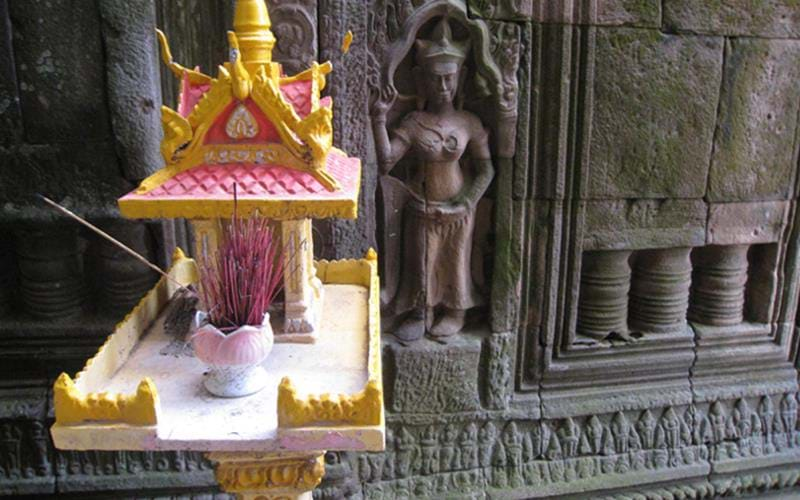
Although more of a staging post on longer journeys across the country than a destination in its own right, Kampong Cham does hold a few fights worth making time for. Foremost among them are Wat Maha Leap, one of Cambodia’s few surviving wooden temple, and a wonderfully rickety bridge made of bamboo which local Khmer people use to reach farming plots and orchards on an island in the Mekong.
Accommodation Options
Sen Monorom
Drive to Sen Monorom, in the far east of Cambodia, to visit the elephant sanctuary.

The wild, sparsely populated and mountainous northeast of the country is famous primarily for its diminishing population of wild elephant, who roam in the region’s extensive forests. Although perennially under threat from logging and mining companies, large tracts of jungle endure, along with the Bunong (Pnong) minority people who traditionally inhabit them. In addition to some magnificent rivers and waterfalls, the main incentive to make the journey north is to spend time at a marvellous elephant rescue centre, the ELIE project, located in Sen Monorom, the compact capital of Mondulkiri.
Accommodation Options
Sen Monorom
Spending a day watching, feeding and bathing elephants at the ELEI project.
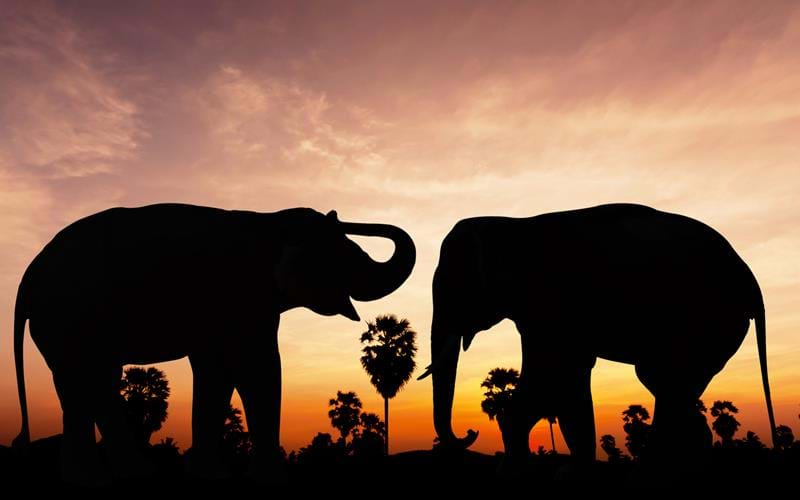
In partnership with local Bunong (Pnong) mahouts and their families, the NGO ‘Elephants Livelihood Initiative Environment’ (‘ELIE’ for short) provides rehabilitation for injured, sick and retired pachyderms. Visitors are invited to spend a day or more with the animals, shadowing a small group as they graze in the forest. You can also help feed and bathe the elephants. A share of the profits are then ploughed back into health and welfare schemes for the local community.
Accommodation Options
Sen Monorom
Visit plantations, waterfalls and minority villages in the area.
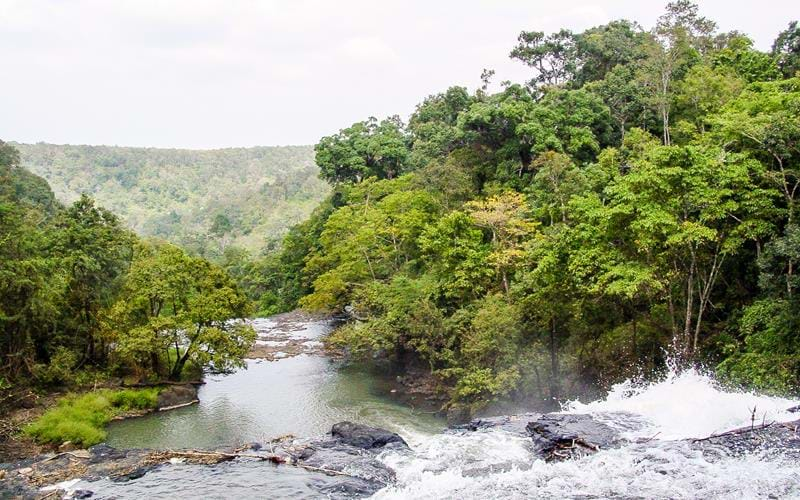
The famous Bou Sraa falls, a dramatic cascade close to the Vietnamese border, where the river plunges 30 metres into a jungle-filled gorge, makes a memorable day trip from Sen Monorom. You’ll also have the opportunity to bath in refreshing pools beside the falls, then visit local Bungon villages, and to tour plantations where coffee, pepper, dragon fruit and avocados are grown.
Accommodation Options
Kratie
Travel by road to the former French colonial port of Kratie, on the Mekong River, where you’ll spend two nights.
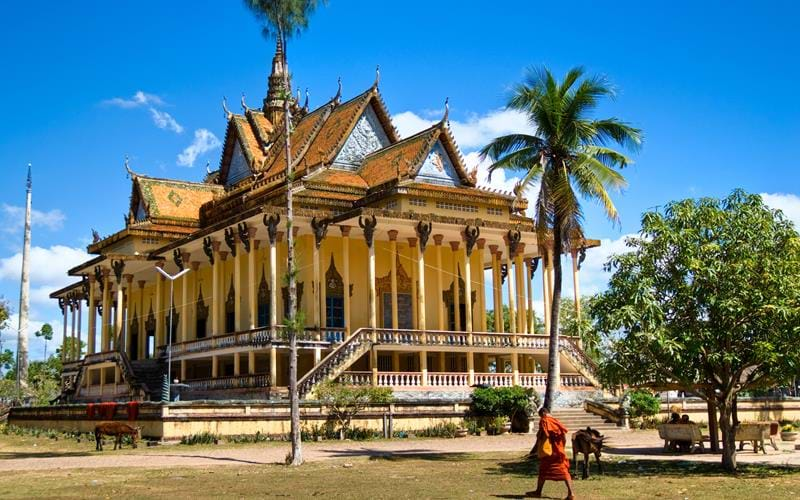
Once a thriving French cargo port on the Mekong river, Kratie is now a rather somnolent, backwater market town, fronted by a pot-holed promenade and ranks of buttress-rooted dipterocarp trees. Travellers tend to pause here for the chance to spot critically endangered Irrawaddy Dolphins – a pale-skinned, slow-moving, beakless cetacean with a bulbous forehead whose numbers have been decimated by gill-net fishing in recent decades. Known as ‘psot’ in Cambodian, they live in nine deep-water pools dotted along a 120-mile (200-km) stretch of the Mekong. One such pool lies just north of Kratie, where local fishermen run spotting trips in low-slung canoes and long-tailed boats.
Accommodation Options
Kratie
Spend the day sightseeing in an around the town, with a sunset dolphin spotting trip in the evening.
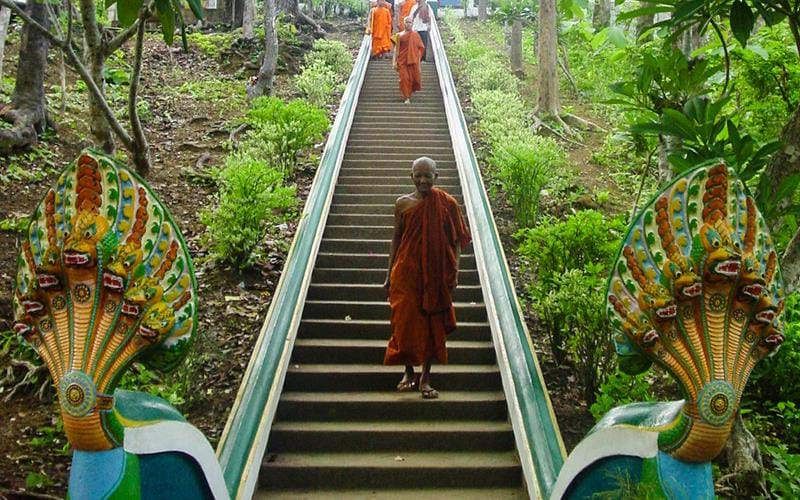
With its sweeping river views and relaxed, frontier-town feel, Kratie is a popular place to soak up the feel of the Mekong region. Climb to the hilltop temple of Phnom Sombok, via a stairway lined with life-sized statues of monks, for magnificent views over the surrounding countryside. In the river itself, the island of Koh Trong offers a delightful change of pace. You can jump hire a bicycle follow a 10-km sandy track leading past temples, a floating village and idyllic farmsteads, where the only other traffic is likely to be horse-drawn. Return in time for your sunset dolphin-spotting cruise.
Accommodation Options
Phnom Penh
Travel by road to Phnom Penh for a two-night stay.
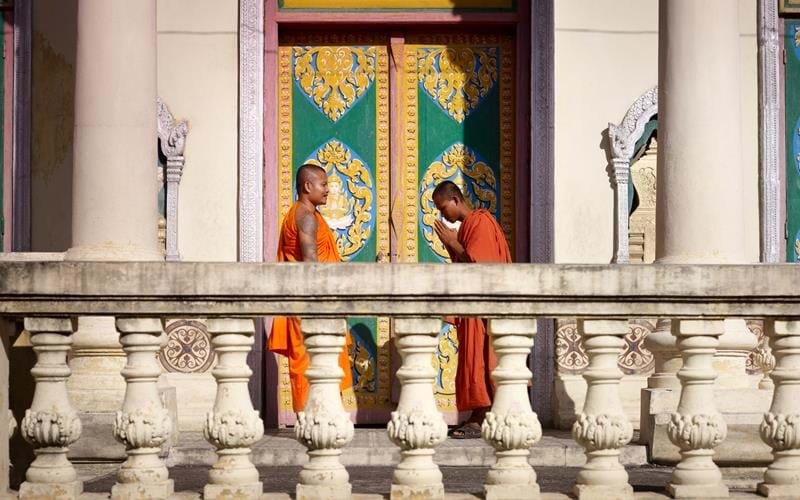
The Cambodian capital doesn’t feel in quite so much of a rush to embrace the future as its counterparts elsewhere in Southeast Asia. High-rise buildings are beginning to spring up, but they’re still outnumbered by colonial-era shophouses and the flaking facades of French-style villas. With its ranks of cafés, trinket sellers and strollers, breezy Sisowatch Quay is the place to head after you’ve freshened up from your journey. At the Foreign Correspondents Club, enjoy a sundowner while savouring the views over the confluence of the Tonlé Sap and Mekong Rivers.
Accommodation Options
Phnom Penh
Spend today sightseeing in the capital.

Begin your city tour with a visit to the splendid Royal Palace and adjacent Silver Pagoda, whose central shrine, lined with thousands of solid silver tiles and marble pillars, holds a Buddha made from an enormous emerald. Then admire the impressive collection of antiquities at the National Museum before visiting Boeung Keng Kang Market, where you’ll sample local delicacies such as pungent durian and dragon fruit.
In the afternoon, consider a visit to the Killing Fields memorial, on the outskirts of the city, where a stupa containing 8,895 human skulls commemorates the 20,000 people who were put to death here by the Khmer Rouge. Phnom Penh’s heart-rending Genocide Museum tells the full story.
Accommodation Options
Koh Kong
Drive south from Phnom Penh to Koh Kong, on Cambodia’s southeast coast. The town serves as a gateway to the beautiful Cardamom Mountains, one of the last remaining areas of true wilderness in the country.
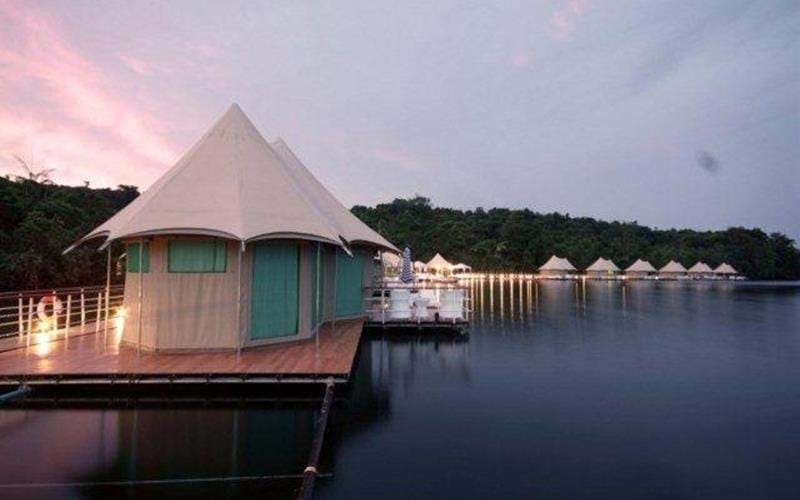
As a base for exploring the area, our favourite accommodation is the dreamy Four Rivers Floating Lodge, where rows of luxury canvas tents have been erected on platforms at a picturesque bend in a river. Surrounded on all sides by greenery, you can savour the sounds and sights of the forest from the privacy of your own private sundeck or wooden Hinoki bathtub. No need for plunge pools: simply climb down the ladder in front of your tent and dive into the glassy water of the river.
Accommodation Options
Koh Kong
Spend the day lazing at the river lodge or exploring the Cardamom Mountains.
With guidance from an American NGO, locals from the village of Chi Pat have opened up a network of trails that allow visitors to experience the majestic landscape and forest of the Cardamom Mountains. Treks of varying lengths string together remote villages, bat caves and enigmatic jar burial sites dating from the Khmer era. You can also embark on kayaking trips, join early morning birdwatching parties on misty rivers and swim in pools below thundering waterfalls on the Tatai River.
Accommodation Options
Kep
Drive to the coastal port of Kep for a three-night stay.
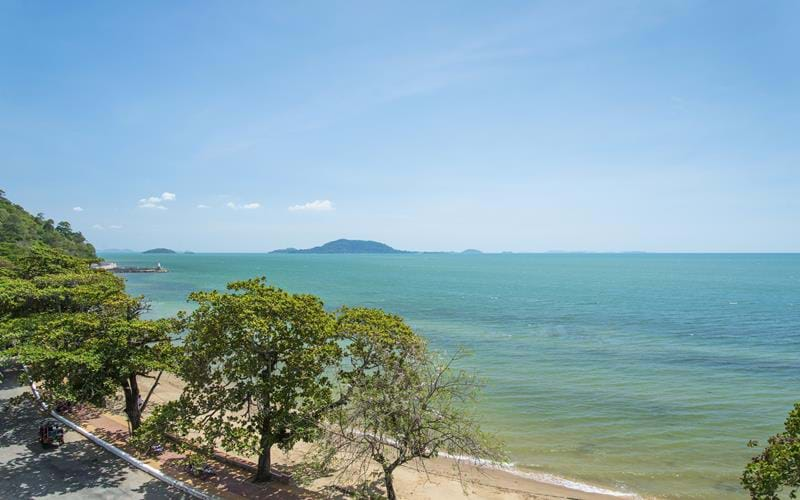
By far the loveliest coastal retreat in the Cambodia is Kep, a town originally founded by the French in 1906, and which has since become popular among wealthy city dwellers, who travel here on weekends in search of the famous local peppered crab. There’s no beach to speak of, but visitors may catch an excursion boat out to nearby Rabbit Island, whose palm-fringed shoreline is scalloped by coves of white sand and turquoise water. Guided trips to hidden cave shrines and rock formations in the dramatic karst hills nearby are options should you wish to extend your stay.
Accommodation Options
Kep
Visit the charming riverside town of Kampot today.
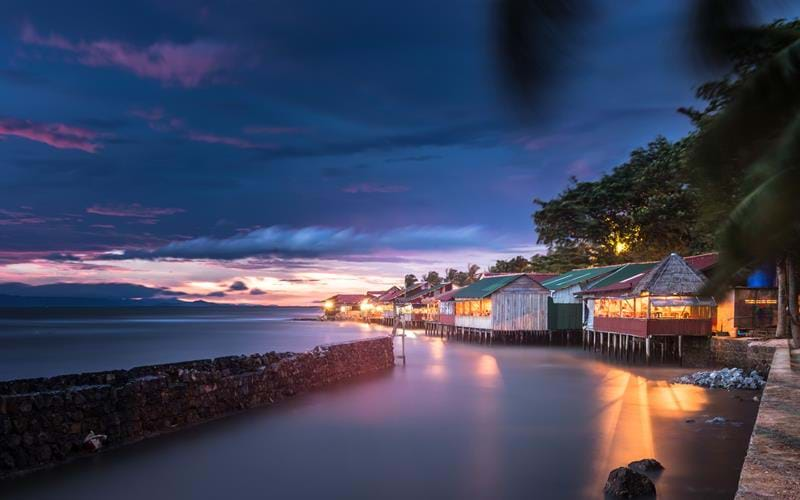
With its dilapidated colonial-era buildings, rows of Chinese-style shophouses and wide, dusty streets, Kampot exists in an appealing time-warp where the pace of life hasn’t picked up since the French left. The riverside location at the foot of the Elephant Mountains adds to its charm. You can kayak, standup paddle board or rent a cycle for a peddle through the sleepy streets. There are also some great cafés to lounge in.
Kampot's pepper is widely regarded as some of the best, and the plantations can be seen around the town. It is possible to visit them to find out more about the growing and processing of the spice and photographers will also want to pay a visit to the salt pans on the outskirts of the town.
Accommodation Options
Kep
Spend your final day on the coast exploring the beaches, islands and karst caves in the area.
Accommodation Options
Phomn Penh
Return to Phomn Penh to pick up your return flight to the UK.
Accommodation Options
Phomn Penh, UK
Arrive back in the UK.
Accommodation Options
Tailor-made Tour 20 days from £3885 per person
What's included
✓ International flights from UK in economy
✓ 18 nights accommodation
✓ All road travel and transfers by private chauffeur-driven vehicles
✓ English-speaking guides
✓ Breakfast daily
✓ Entrance fees to sites and monuments listed in tour itinerary
Places and Experiences in this tour
Plan your Next Adventure
With the Summer almost upon us, now is the time to begin planning your next summer adventures in Asia. Our Travel Specialists are ready to take your call and discuss the adventure you have been dreaming of.
Or call us on 0208 566 3739











